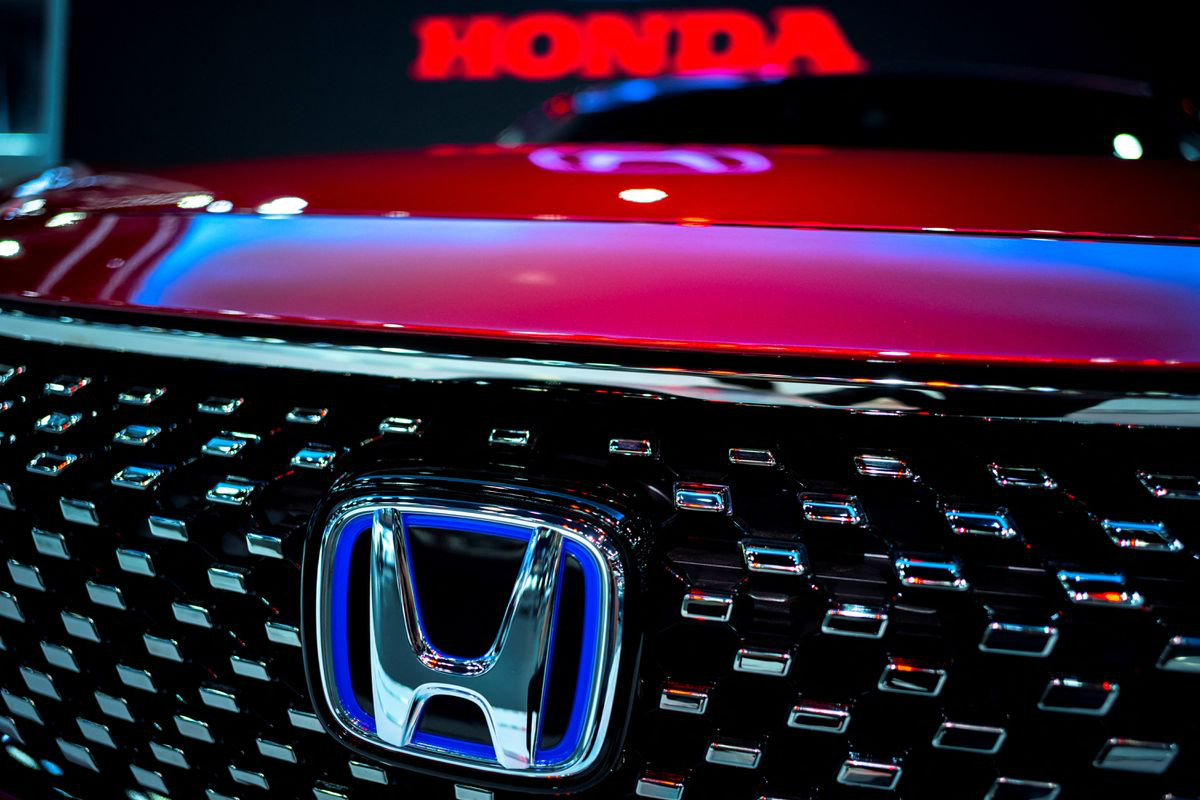On April 12th, Honda announced a plan to invest $64 billion in research and development over the next decade, with a goal to launch 30 electric vehicle models worldwide by 2030.
Honda’s goal also includes producing approximately 2 million electric vehicles per year by 2030.
Honda and other Japanese automakers have long expressed that they will not abandon hybrid technology amid the background of electrification. Some supporters of hybrid cars point out that in some early markets of electric vehicle development, the existing infrastructure for pure electric vehicles is insufficient to support rapid development. Hybrid models still have great value.
Honda announced that most of the funds in the $64 billion investment will be used for electrification and software technology, including a $340 million investment budget for the production of a solid-state battery demonstration line. Honda plans to begin production of solid-state batteries in spring 2024.
On April 3, 2020, Honda R&D and General Motors reached a development cooperation on electric vehicles. Honda said that it will jointly develop highly flexible electric vehicles based on GM’s Ultium platform technology. By expanding the scale and effectively using production capacity to reduce costs, GM’s advanced driving assistance technology Cruise will also be available for selection in part of the specifications.
On March 29, 2022, GAC Honda launched the pure electric vehicle brand “Ji Peng” and the first SUV based on the “e:N Architecture F” front-wheel drive pure electric platform design, “Ji Pai 1.” The new vehicle is equipped with a 68.8 kWh battery pack jointly developed with CATL, and has a range of over 500 km on the NEDC test cycle.
This article is a translation by ChatGPT of a Chinese report from 42HOW. If you have any questions about it, please email bd@42how.com.
